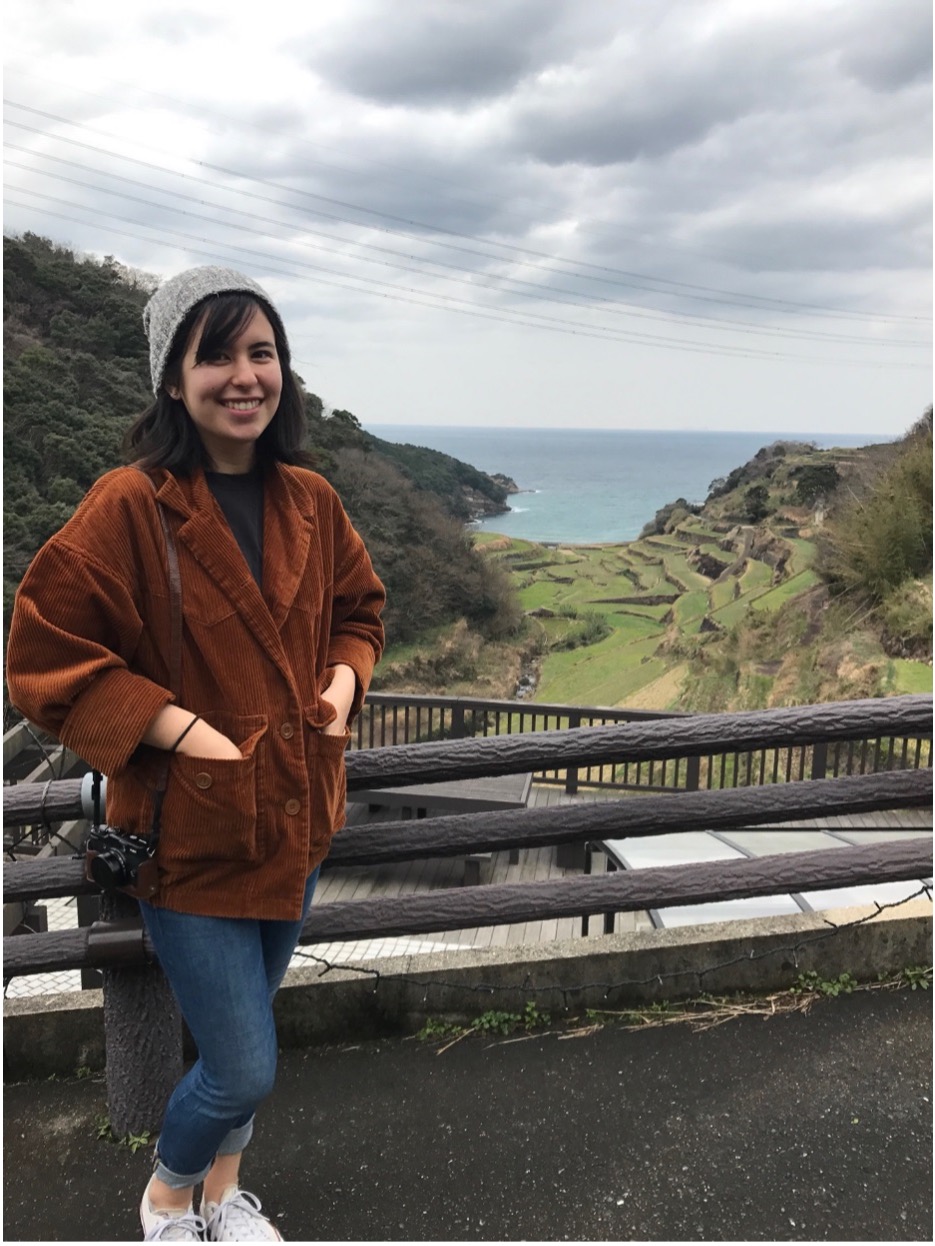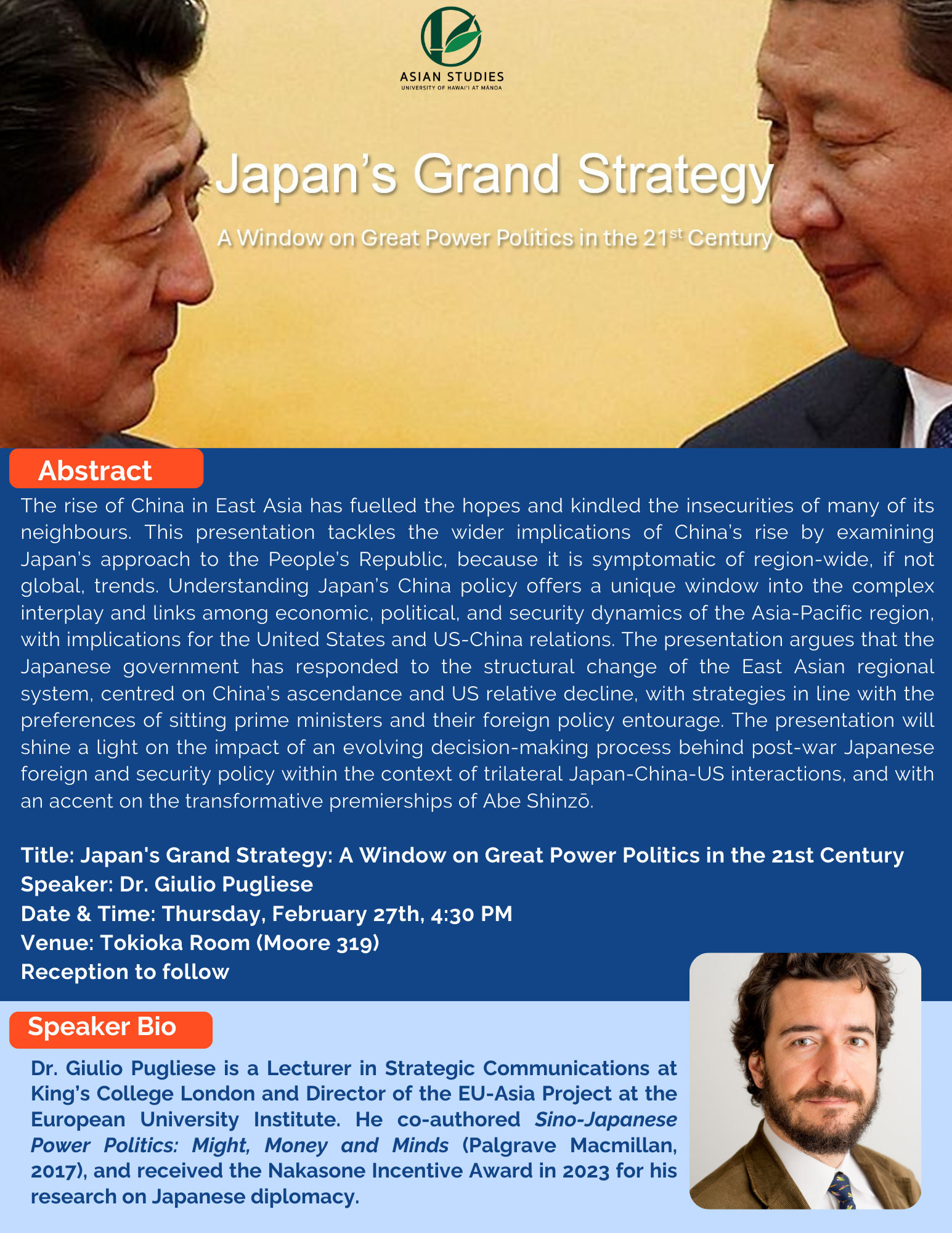The Department of Asian Studies is proud to highlight an innovative digital humanities project developed…

Dr. Barbara Andaya’s latest article published
Performing Arts and the Royal Courts of Southeast Asia, Volume One: Pusaka as Documented Heritage was just published as a part of Brill’s Southeast Asian Library, Volume 11. The volume includes Dr. Barbara Watson Andaya‘s article, Space, Performance and Cultural Connections in Early Modern Southeast Asia.
Abstract
Since the 1970s an increasing interest in the social dimensions of space has stimulated ways of thinking about the relationship between culture and performance. By its very nature, any aspect of performance is concerned with generating emotion, but in recent times more attention has been given to the links between affect and the evolving production of space. Historians of early modern Europe have seized on these ideas, developing new approaches that link performance, culture, emotion and the ‘spatial turn’. Scholars of contemporary Southeast Asia have also produced a significant corpus of studies that deals with contemporary performance, and with the ways in which the relationship between performers and spectators shifts according to contexts and location. However, historians of early modern times (roughly 1400–1800) have found it difficult to follow the same path, primarily because of the relative dearth of documentary material and the difficulty in recapturing a sensory past. This chapter nonetheless argues that studies of the performative environment of early modern Southeast Asia can add another thread to existing conversations because they offer alternative histories of spatial dynamics and the nature of affect in cross-cultural communication.





